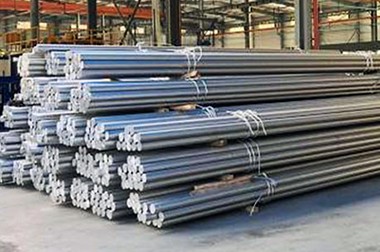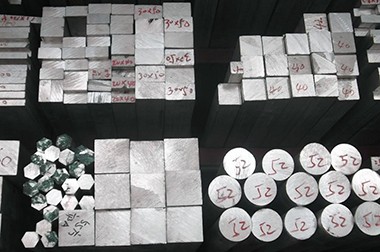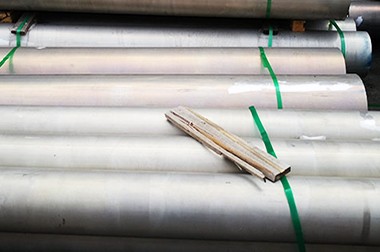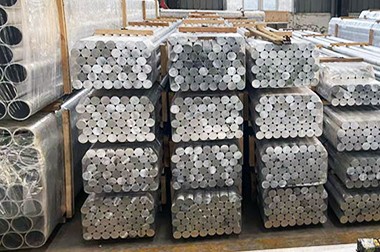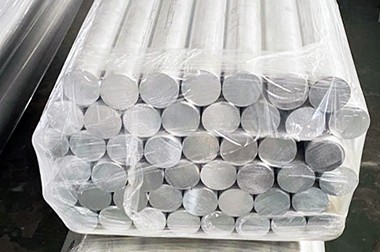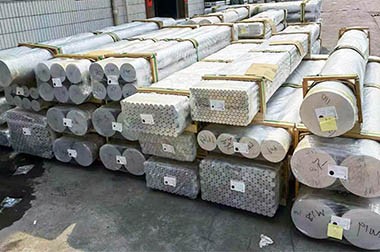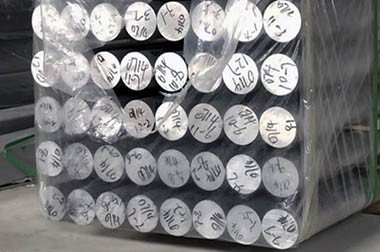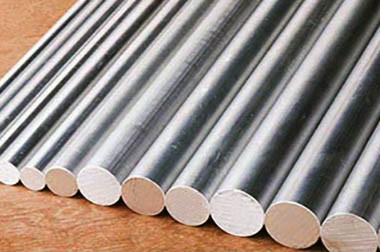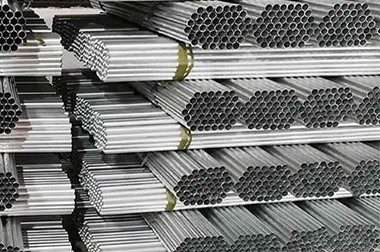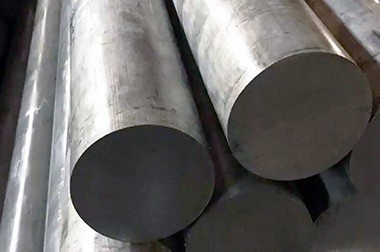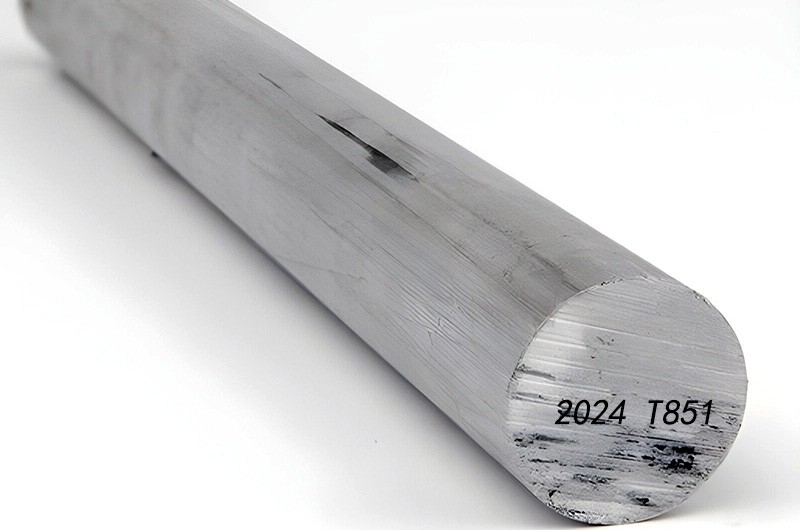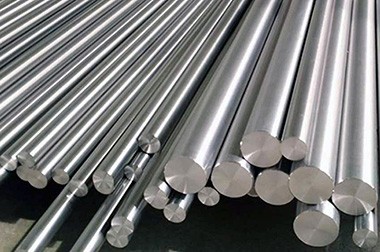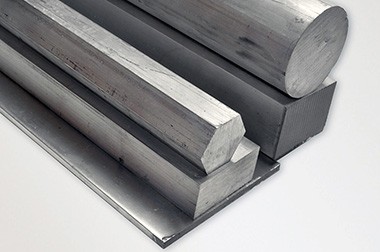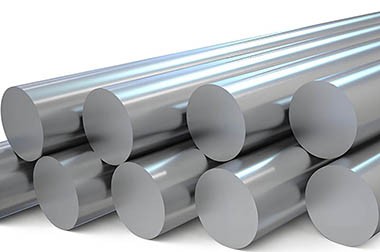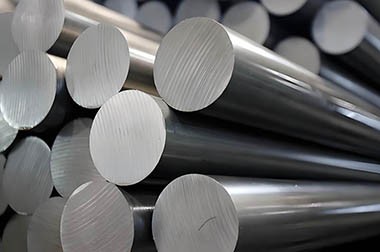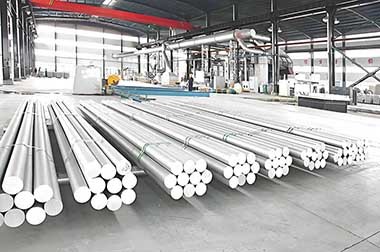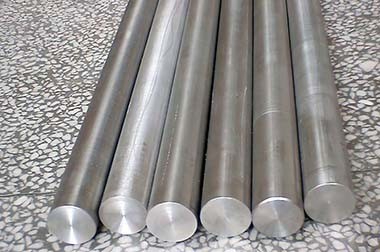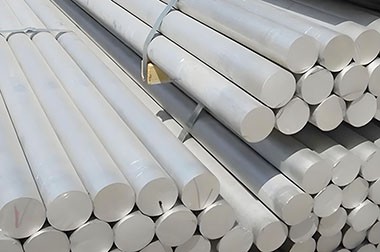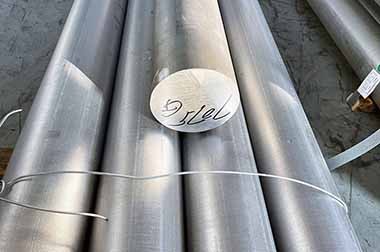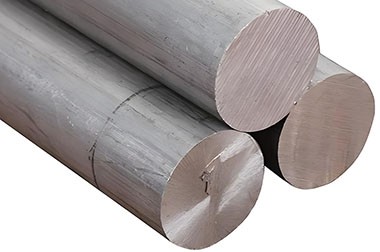2A12 Aircraft Aluminum Bar
2A12 aluminum alloy is a commonly used aerospace aluminum alloy, belonging to the aluminum-copper alloy series. Its main components are aluminum and copper, often containing small amounts of manganese, magnesium, silicon, iron, and other elements. Due to its excellent mechanical properties and good machinability, 2A12 aluminum alloy is widely used in the aerospace field.
When using 2A12 aluminum alloy, it is important to consider its insufficient corrosion resistance; surface treatment may be necessary. Additionally, its strength may decrease in high-temperature environments, so it is essential to fully consider working conditions during design.
2A12 aluminum alloy is a superior aerospace material, suitable for high-strength and lightweight design requirements.

2A12 Aircraft Aluminum Bar Characteristics
- 1. High Strength: 2A12 aluminum alloy has high tensile and yield strength, suitable for structural components that bear high loads.
- 2. Good Fatigue Resistance: Suitable for structural components subjected to dynamic loads.
- 3. Corrosion Resistance: Although aluminum-copper alloys have relatively poor corrosion resistance, surface treatments (such as anodizing) can significantly enhance their corrosion resistance.
- 4. Good Machinability: 2A12 aluminum alloy can be shaped through heat treatment and cold processing, suitable for manufacturing complex parts.
- 5. Weldability: The weldability of this alloy is generally poor; it is usually not recommended for welded structures but can be assembled using other joining methods.
2A12 Aerospace Aluminum Bar Specifications
| Grade | 2A12 |
| Temper | T4/ T3511 |
| Standard | GB/T 3191-2010 |
| Diameter/ length |
10-420mm / 2500mm, 3000mm |
| Other | Based on T3, T351 is conducted a certain amount of permanent deformation stretching to eliminate the internal stress, so that the cutting and processing is not easy to deform. |
Applications of 2A12 Aerospace Aluminum Bar
1. Aerospace Structural Components
2A12 aluminum alloy is commonly used in structural parts of aircraft such as the fuselage, wings, and tail. These components need to withstand significant aerodynamic and mechanical stresses during flight, so using high-strength aluminum alloy effectively enhances the overall stability and safety of the structure.
2. Aircraft Components
In aircraft, 2A12 aluminum alloy is widely used in critical parts such as the fuselage frame and landing gear. The fuselage frame serves as the skeleton of the aircraft structure, bearing the main loads. The landing gear must possess high strength and impact resistance to ensure safety during takeoff and landing.
3. Components with High Strength Requirements
2A12 aluminum alloy is suitable for aerospace parts that have high requirements for strength and corrosion resistance. For example, certain engine components, connectors, and brackets need to maintain good mechanical properties and corrosion resistance in high-temperature and high-pressure environments.
2A12 Aircraft Aluminum Bar Chemical composition
| · Chemical composition, Standard (max), W% | Al: balance | ||||||
| Si | Fe | Cu | Mn | Mg | Zn | Ti | Ni |
| 0.5 | 0.5 | 3.8-4.9 | 0.3-0.9 | 1.2-1.8 | 0.3 | 0.15 | 0.1 |
Production Process of 2A12 Aerospace Aluminum Bar
2A12 aluminum bars are typically produced through casting, forging, and extrusion processes to achieve various shapes and specifications that meet diverse design requirements.
1. Casting
Casting is the first step in producing 2A12 aluminum bars, usually involving aluminum alloy ingots. This process involves melting the aluminum alloy at high temperatures and then pouring it into molds to cool and solidify. The advantage of casting is the ability to produce complex shapes; however, internal defects such as porosity may form.
2. Forging
Forging is an important step to enhance material properties and is commonly used in the production of 2A12 aluminum bars. Forging can be divided into hot forging and cold forging. Hot forging is performed at high temperatures, which increases the plasticity of the aluminum alloy, reduces internal defects, and improves its mechanical properties. During the forging process, the aluminum ingot is heated to a certain temperature and then pressed or hammered into the desired bar shape.
3. Extrusion
Extrusion is a commonly used process for producing aluminum bars, suitable for making smaller diameter and longer aluminum bars. This process involves placing heated aluminum alloy ingots into an extrusion machine, where high pressure forces the material through a die to form the desired cross-sectional shape. This process effectively controls the size and shape of the aluminum bars and improves their microstructure.
4. Heat Treatment
After production, 2A12 aluminum bars typically undergo heat treatment to further enhance their mechanical properties. Common heat treatment processes include solution treatment and aging treatment. Solution treatment involves heating the aluminum bars to a specific temperature and holding them for a certain time to achieve uniform distribution of alloy elements, followed by rapid cooling. Aging treatment involves maintaining the bars at lower temperatures for extended periods to promote the precipitation of alloy phases, thereby increasing strength.
5. Surface Treatment
To improve corrosion resistance and surface quality, 2A12 aluminum bars are usually subjected to surface treatments such as anodizing and coating. These treatments not only enhance appearance but also increase the material's durability and oxidation resistance.

